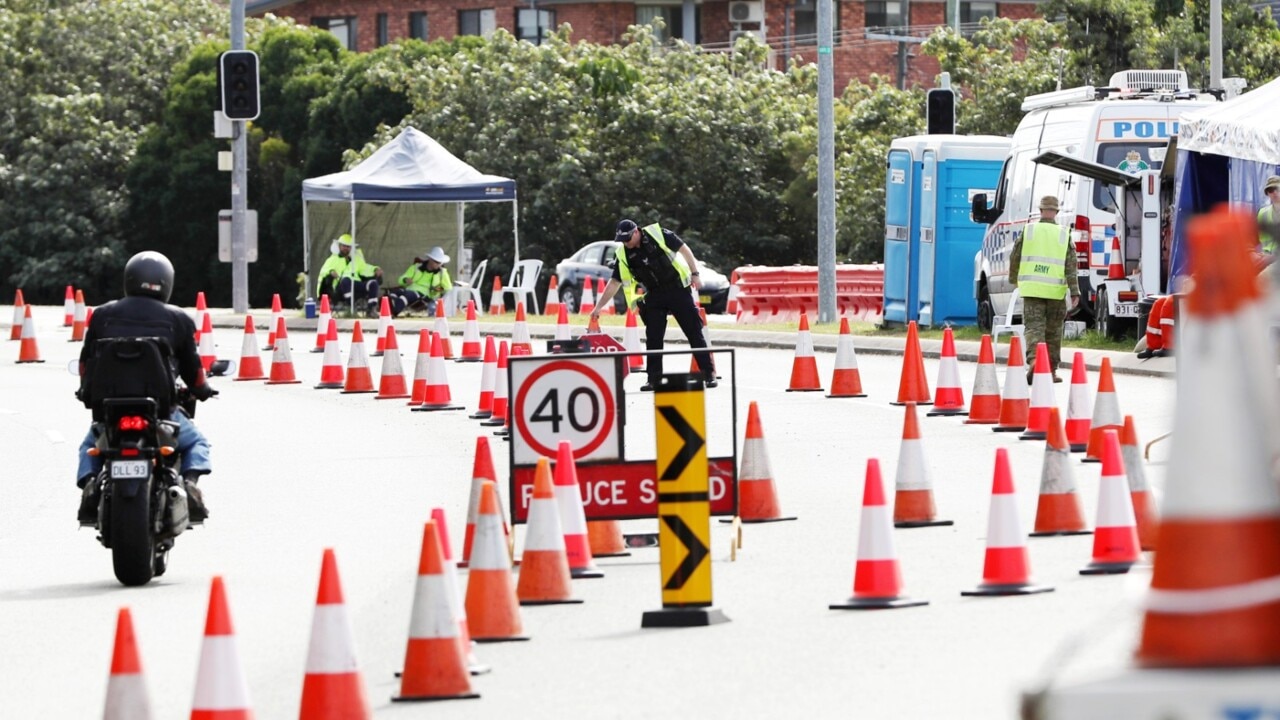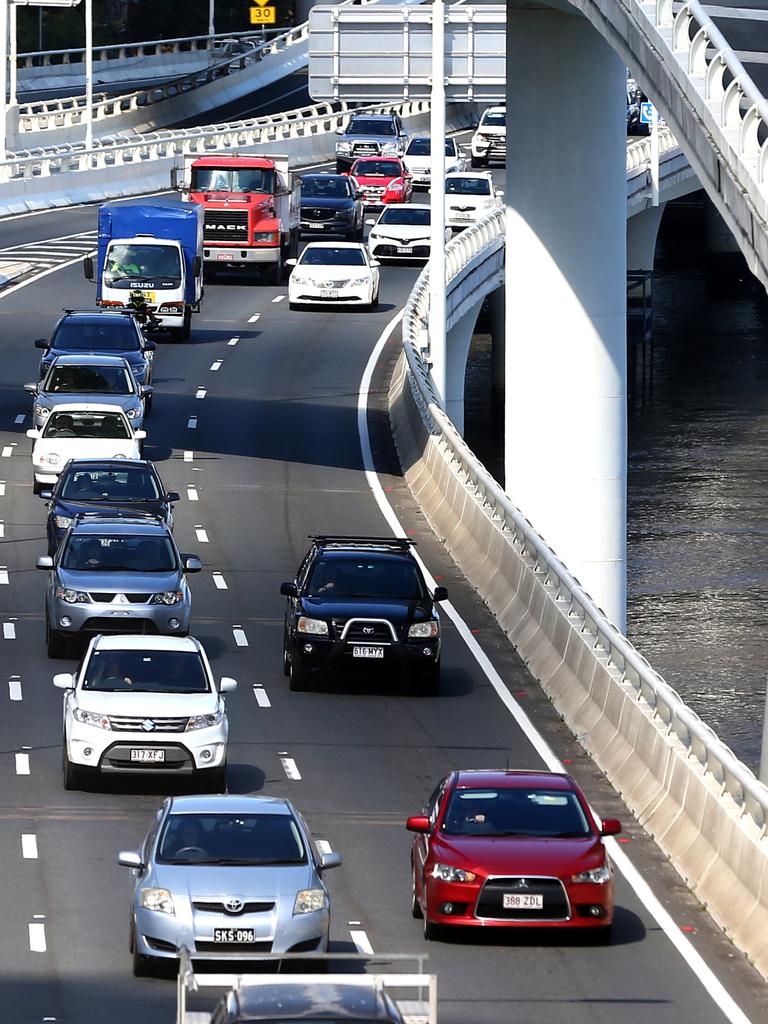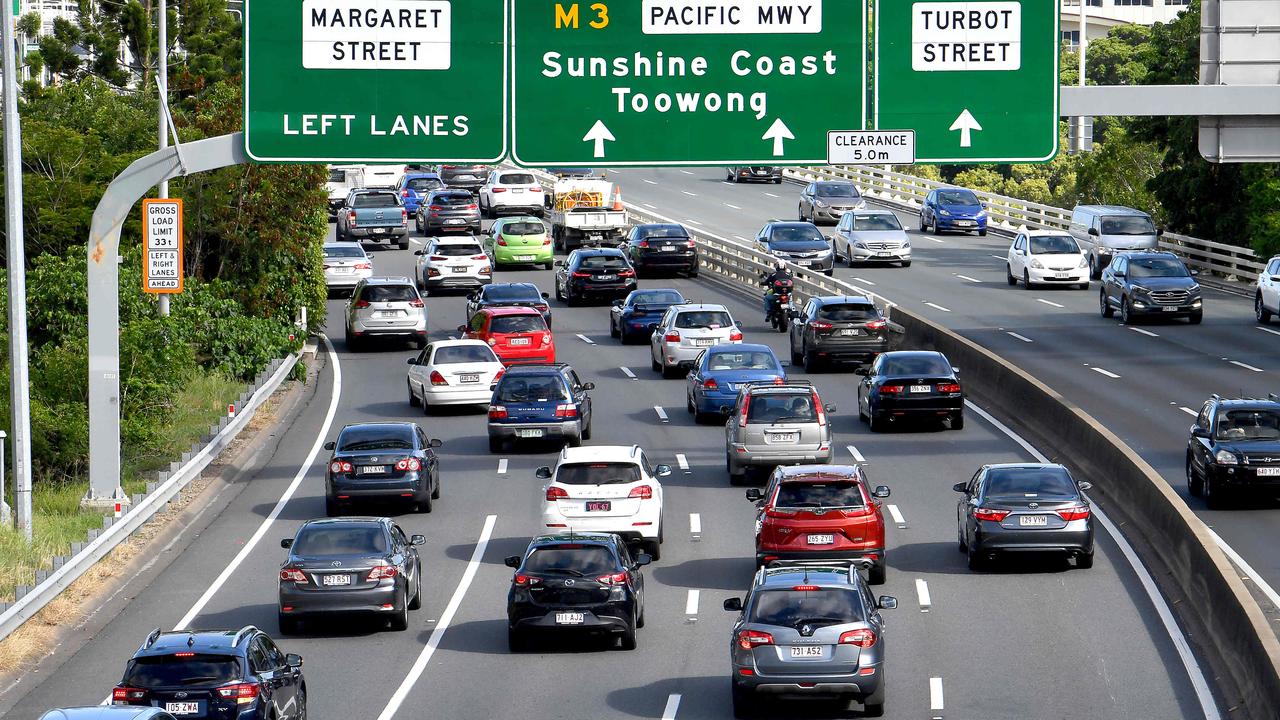Congestion costing Queenslanders up to $1.8K each year as report reveals slowest roads
Congestion is costing Queenslanders up to $1875 a year, with new data revealing delays have grown on some of the state’s slowest corridors.

QLD News
Don't miss out on the headlines from QLD News. Followed categories will be added to My News.
Congestion is costing Queenslanders up to $1,875 a year just to sit in traffic as new data reveals the state‘s slowest corridors.
A new report by RACQ has calculated the infuriating cost of traffic snarls for motorists as traffic hits pre-Covid levels following 18 months of lockdowns and a shift to working from home.
Brisbane’s slowest road in morning peak hour is a 4.25km stretch of Kelvin Grove Rd, which moves at 14.8km/h, a 30 per cent decline since 2019.
While in the afternoon, the slowest Brisbane corridor is a 3.31km stretch of Moggill Rd which moves at 17.5km.h, 3.8km/h slower than in 2019.
RACQ Head of Public Policy Susan Furze said there was no doubt Covid-19 had changed the way people travelled across Queensland.
“In the first half of 2021, traffic on our roads soared above pre-Covid levels as we started to return to a new normal, but due to several Covid-19 lockdowns, and continued flexible working arrangements, we’ve seen overall congestion drop below pre-Covid levels during the second half of this year,” Ms Furze said.
“Traffic levels were generally slow to return after the short lockdowns were lifted, as people continued to work from home, borders remained shut and fuel prices trended upwards.
“Our research also showed 15 per cent of those surveyed would use public transport less after the pandemic and were more willing to travel by car than catch a train, bus or ferry.”
RACQ calculated the total cost of congestion for October 2021 was $9.65 million based off 744km of usable data.
Per kilometre, this was 19 per cent lower than October 2019 at $13.57 million but higher than October 2020, at $8.19 million, which was impacted by Covid-19 restrictions and work from home changes.

The motoring body claimed comparisons with October 2021 were difficult to make due to fewer school holiday days this year.
Budget Direct also calculated the cost of congestion and found Sunshine State motorists were losing more money than many Australians thanks to their travel times.
Of all the cities analysed in Australia, Brisbane is the third most expensive during rush hour, costing drivers $1875 per year, while the Gold Coast sits at seventh in the country, costing drivers $1633.
The calculations were based on a model that factored in hours of productivity lost and the cost of fuel in cities during June 2021.
With recent fuel hikes, the figure could be even higher.

Commuters blamed their reluctance to use public transport on health and social distancing concerns, a lack of services and seating, and less of a need to travel as regularly.
Ms Furze said Queensland was at a crossroads because people were changing the way they work and travel.
She said it would be important to rebuild trust in public transport reliability and performance so people return to public transport in the same levels as before.
“We don’t want workers to continue the habit of driving into the city, as that will only increase congestion on our roads, so we need to do everything we can to encourage more sustainable transport practices like public transport, walking or cycling,” she said.



